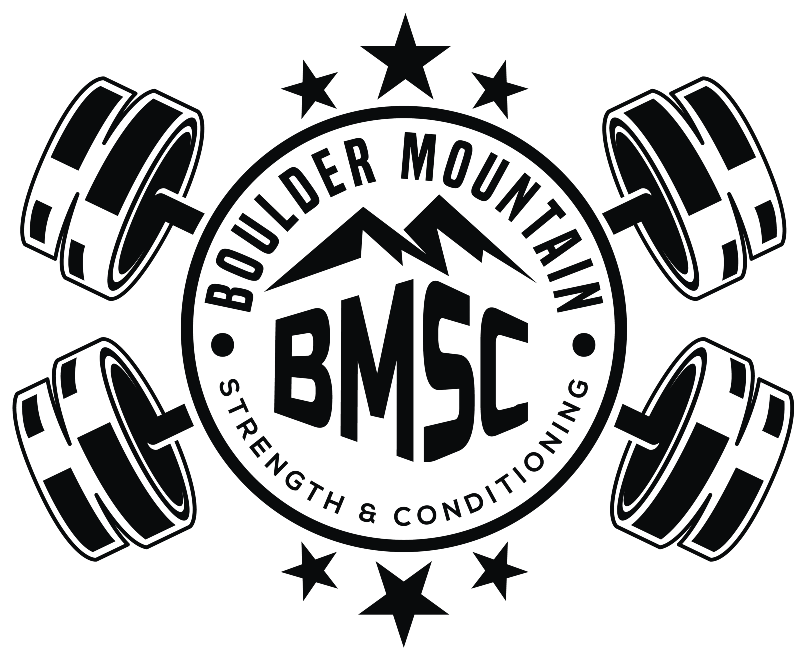Why Resistance Training Is the Best for Fat Loss
When it comes to losing fat in a healthy and sustainable way, both resistance training and cardio have their place. But resistance training offers some clear long-term benefits that often make it the better choice for many people.
First, lifting weights helps you build and maintain muscle, which is especially important when you’re eating in a calorie deficit. Muscle burns more calories at rest than fat does, so the more muscle you have, the more energy your body uses all day—even when you’re not working out. Cardio, on the other hand, especially if you do a lot of it without enough protein or strength training, can lead to muscle loss. In the long run, that can slow down your metabolism.
While cardio can lead to fast weight loss, it’s often just water or even muscle—not necessarily fat. Resistance training helps with something called body recomposition, which means losing fat while keeping or gaining muscle. This gives you a leaner, more defined look instead of just becoming a smaller version of your current shape.
Another bonus of resistance training is what’s called the “afterburn effect” (or EPOC—Excess Post-Exercise Oxygen Consumption). Certain types of strength workouts, like those with compound lifts, circuits, or supersets, can keep your body burning extra calories for hours after your workout—sometimes up to 24 hours. Steady-state cardio, on the other hand, mostly burns calories during the workout itself.
Strength training also supports your hormones in a positive way. It improves insulin sensitivity and increases hormones like testosterone and growth hormone, which help with fat loss and muscle maintenance. In contrast, doing too much cardio—especially long, steady sessions—can increase cortisol, a stress hormone that may lead to fat storage and muscle breakdown if it’s not kept in check.
And finally, lifting weights isn’t just about fat loss—it’s also about moving better and aging well. Resistance training improves joint health, posture, and bone strength, which helps prevent injury and keeps you active as you age. Plus, being stronger can actually help you do cardio more efficiently, too.
So does that mean you should skip cardio completely? Not at all. Cardio still has major benefits, especially for heart health, mental well-being, stress relief, and recovery. The most effective approach is to combine both resistance training and cardio. Aim for about 2 to 4 strength sessions each week (whether full-body or split routines), and add 1 to 3 cardio sessions—either intervals or steady-state, depending on your goals.
In short, if you want lasting fat loss along with a healthy metabolism and strong, toned body, resistance training should be the foundation of your workout routine. Cardio is a helpful addition—but lifting weights is where the magic really happens.
